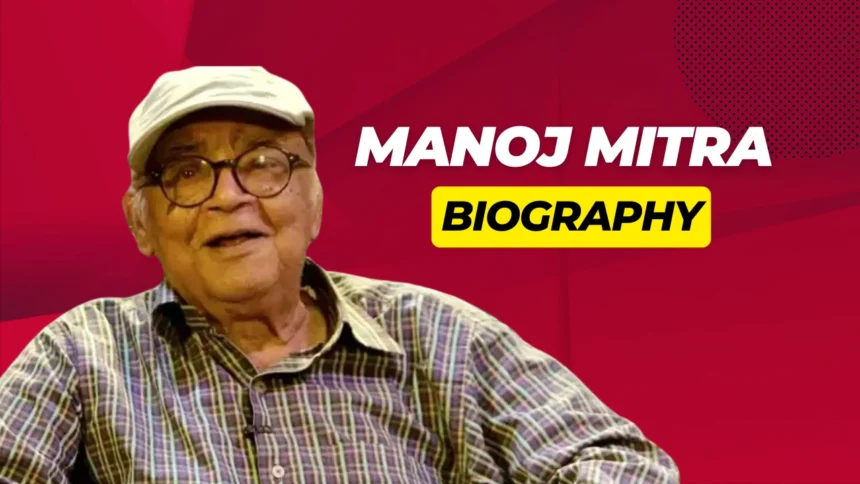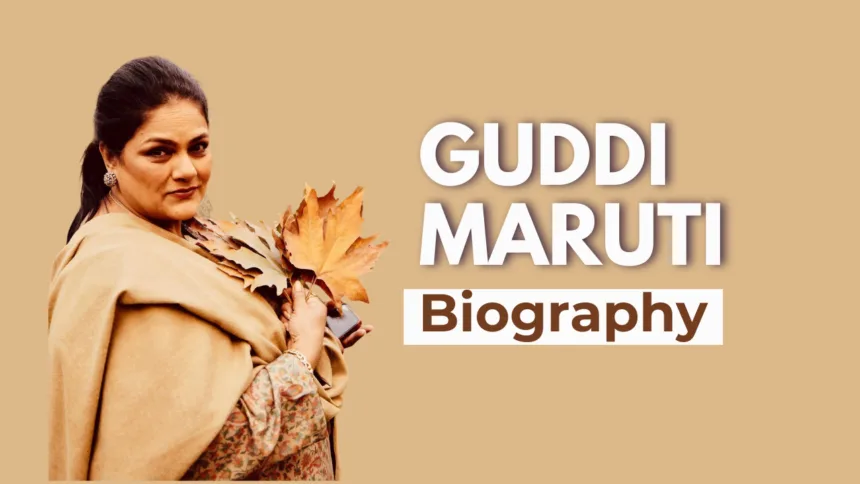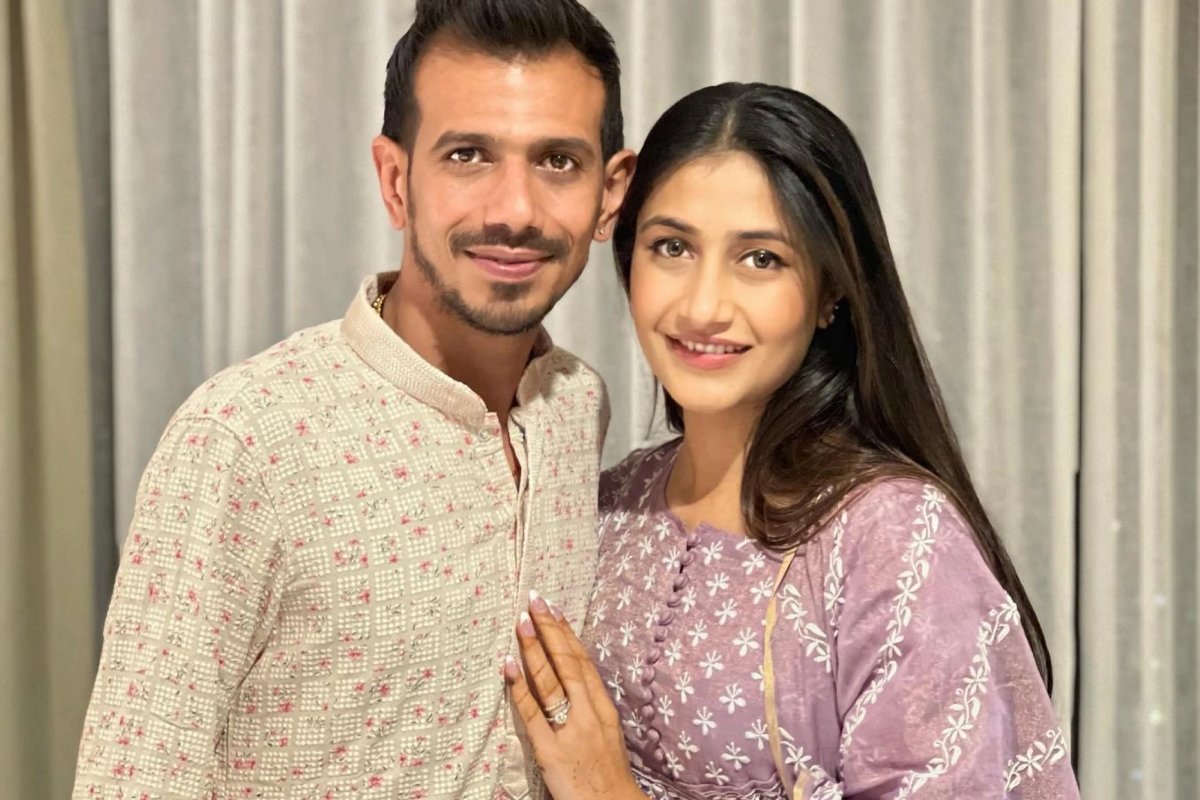Manoj Mitra was a towering figure in the world of Bengali theatre and cinema, celebrated for his unparalleled contributions as a playwright, actor, and director. His works bridged the gap between traditional folk art and modern theatrical forms, creating a legacy that continues to inspire generations. From his beginnings in a small village to his rise as one of the most influential voices in Indian theatre, Mitra’s life is a story of talent, dedication, and cultural impact.
Manoj Mitra Biography
Born on December 22, 1938, in the village of Chokkamokkai, Satkhira, in the Khulna Division of then British India, Manoj Mitra spent his early years immersed in the cultural richness of his surroundings. His exposure to jatras (folk theatre) and local performances during festivals ignited his passion for storytelling and drama.
The Partition of India forced his family to relocate, an experience that shaped Mitra’s understanding of human suffering and resilience—themes that often appeared in his plays.
| Attribute | Details |
|---|---|
| Full Name | Manoj Mitra |
| Date of Birth | December 22, 1938 |
| Place of Birth | Chokkamokkai, Satkhira, Khulna Division (British India) |
| Date of Death | November 12, 2024 |
| Age | 85 years |
| Profession | Playwright, Actor, Director |
| Education | M.A. in Philosophy, University of Calcutta |
| Notable Work | Sajano Bagaan, Kaalbihongo, Parabas |
| Theatre Group | Sundaram |
Family
Manoj Mitra was born into a family where cultural and intellectual values were held in high regard. His father, Ashok Kumar Mitra, worked in a transferable government job, which required the family to move frequently. Despite the disruptions, Manoj and his siblings found creative ways to nurture their interests.
- Father: Ashok Kumar Mitra
- Siblings: Included his brother, Amar Mitra, a celebrated Bengali writer.
The family’s migration during the Partition profoundly impacted Mitra’s worldview and his storytelling, infusing his work with themes of displacement and survival.
Education
Manoj Mitra’s formal education began after his family resettled in West Bengal post-Partition. He attended Dandirhat N.K.U.S. Niketan, followed by higher studies at Scottish Church College, Kolkata, where he graduated in 1958 with a degree in Philosophy.
His passion for learning led him to pursue a Master’s degree in Philosophy at the University of Calcutta, where he also began research for a doctorate. However, his burgeoning interest in theatre redirected his focus, culminating in the establishment of his own theatre group, Sundaram, in the early 1960s.
Career in Theatre and Cinema
Theatre Career
Manoj Mitra’s journey in theatre began with a bang. His first play, Bogol Dhiman, won first prize in a statewide competition, launching his illustrious career. Over the years, he wrote and directed more than 100 plays, many of which became cornerstones of Bengali theatre.
Notable Plays
- Sajano Bagaan (The Arranged Garden): Adapted into the film Banchharamer Bagan, a satirical masterpiece.
- Chokhe Angul Dada: A comedic yet profound exploration of human behavior.
- Kaalbihongo (The Black Bird of Time): A thought-provoking piece on existential themes.
- Parabas (Migration): Reflecting his experiences of displacement.
His theatre group, Sundaram, became one of the leading troupes in Bengal, with his works performed by other prominent groups like Bohurupee, expanding his influence across the region.
Film Career
Manoj Mitra’s contributions extended to cinema, where he showcased his versatility as an actor and writer.
- Banchharamer Bagan: Based on his play, this film remains a cult classic.
- Ghare Baire (The Home and the World): Directed by Satyajit Ray, Mitra played a pivotal role in this adaptation of Rabindranath Tagore’s novel.
- Ganashatru (An Enemy of the People): Another collaboration with Ray, highlighting social and political conflicts.
His natural acting ability and profound understanding of human emotions made his performances unforgettable.
Academic Contributions
Mitra also contributed to the academic world by teaching and mentoring future generations.
- Teaching Career: He began as a Philosophy lecturer at Suri Vidyasagar College before transitioning to theatre education.
- Rabindra Bharati University: As a professor and later head of the Drama Department, he nurtured numerous students who became stalwarts of Bengali theatre.
His dual role as an educator and practitioner enriched the theatre landscape, blending theory with practice.
Awards
Manoj Mitra’s extraordinary contributions earned him numerous accolades, both in India and internationally.
| Award | Year |
|---|---|
| Sangeet Natak Akademi Award (Playwright) | 1985 |
| Calcutta University Award | 1986 |
| West Bengal State Government Award | 1983, 1989 |
| Filmfare Award East (Best Actor) | 1980 |
| Asiatic Society Gold Medal | 2005 |
| Munir Chowdhury Award (Bangladesh) | 2011 |
| Dinabandhu Puraskar | 2012 |
These honors reflect his unparalleled impact on the cultural and artistic world.
Death
Manoj Mitra passed away on November 12, 2024, at the age of 85. He had been battling age-related ailments, including breathing difficulties. His death marked the end of an era for Bengali theatre and cinema, leaving behind a legacy of storytelling and cultural enrichment.
His passing has been mourned by the entire artistic community, with tributes pouring in from across India and Bangladesh.
Legacy
Manoj Mitra’s legacy lies in his ability to merge tradition with modernity. His plays often explored themes of morality, displacement, and human resilience while incorporating humor and satire to connect with diverse audiences.
He inspired generations of theatre enthusiasts, actors, and playwrights, many of whom cite him as their greatest influence. His works continue to be performed, studied, and celebrated, ensuring that his contribution to Bengali culture remains alive.
Manoj Mitra Biography: Conclusion
Manoj Mitra’s life was dedicated to the arts, and his contributions to theatre, cinema, and education have left an indelible mark on Bengali culture. As a playwright, actor, and educator, he broke new ground, inspiring countless individuals with his creativity and vision.
Though he is no longer with us, his work lives on, resonating with audiences and reminding us of the power of storytelling to bridge divides and explore the depths of the human experience.
Manoj Mitra will forever remain a cherished figure in the world of arts, his legacy enduring for generations to come.



